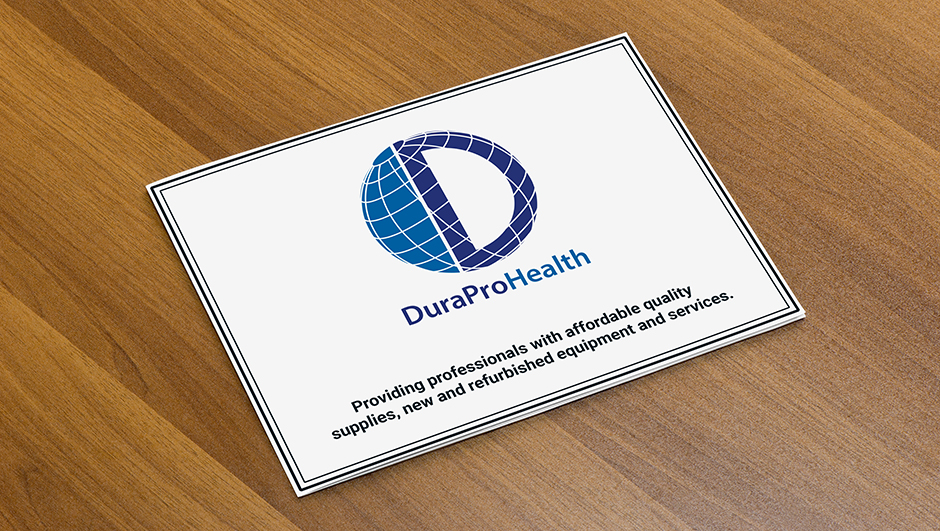 You had to see this one coming!!! Below is information taken straight from the NASA website. Looking directly at the sun is unsafe except during the brief total phase of a solar eclipse (“totality”), when the moon entirely blocks the sun’s bright face, which will happen only within the narrow path of totality
You had to see this one coming!!! Below is information taken straight from the NASA website. Looking directly at the sun is unsafe except during the brief total phase of a solar eclipse (“totality”), when the moon entirely blocks the sun’s bright face, which will happen only within the narrow path of totality
 The only safe way to look directly at the uneclipsed or partially eclipsed sun is through special-purpose solar filters, such as “eclipse glasses” or hand-held solar viewers. Homemade filters or ordinary sunglasses, even very dark ones, are not safe for looking at the sun; they transmit thousands of times too much sunlight. An eclipse is a rare and striking phenomenon you won’t want to miss, but you must carefully follow safety procedures
The only safe way to look directly at the uneclipsed or partially eclipsed sun is through special-purpose solar filters, such as “eclipse glasses” or hand-held solar viewers. Homemade filters or ordinary sunglasses, even very dark ones, are not safe for looking at the sun; they transmit thousands of times too much sunlight. An eclipse is a rare and striking phenomenon you won’t want to miss, but you must carefully follow safety procedures
- Do not look at the uneclipsed or partially eclipsed sun through an unfiltered camera, telescope, binoculars, or other optical device.
- Similarly, do not look at the sun through a camera, a telescope, binoculars, or any other optical device while using your eclipse glasses or hand-held solar viewer — the concentrated solar rays will damage the filter and enter your eyes.
- Don’t let the requisite warnings scare you away from witnessing this singular spectacle! You can experience the eclipse safely, but it is vital that you protect your eyes at all times with the proper solar filters.
 No matter what recommended technique you use, do not stare continuously at the sun. Take breaks and give your eyes a rest!
No matter what recommended technique you use, do not stare continuously at the sun. Take breaks and give your eyes a rest!- Do not use sunglasses: they don’t offer your eyes sufficient protection. The only acceptable glasses are safe viewers designed for looking at the sun and solar eclipses.
Viewing with Protection — Experts suggests that one widely available filter for safe solar viewing is welders glass of sufficiently high number. The only ones that are safe for direct viewing of the Sun with your eyes are those of Shade 12 or higher. Many people find the Sun too bright even with a Shade 12 filter, and some find the Sun too dim in a Shade 14 filter — but Shade 13 filters are uncommon and can be hard to find.
Pinhole Projection Methods — Pinhole projectors and other projection techniques are a safe, indirect viewing technique for observing an image of the sun. These provide a popular way for viewing solar eclipses.
 How do you make your own personal pinhole projection? Cross the outstretched, slightly open fingers of one hand over the outstretched, slightly open fingers of the other, creating a waffle pattern. With your back to the sun, look at your hands’ shadow on the ground. The little spaces between your fingers will project a grid of small images on the ground, showing the sun as a crescent during the partial phases of the eclipse.
How do you make your own personal pinhole projection? Cross the outstretched, slightly open fingers of one hand over the outstretched, slightly open fingers of the other, creating a waffle pattern. With your back to the sun, look at your hands’ shadow on the ground. The little spaces between your fingers will project a grid of small images on the ground, showing the sun as a crescent during the partial phases of the eclipse.
Or just look at the shadow of a leafy tree during the partial eclipse; you’ll see the ground dappled with crescent Suns projected by the tiny spaces between the leaves.
Note that pinhole projection does not mean looking at the Sun through a pinhole! You project sunlight through the hole onto a surface and look at the solar image on the surface. Note too that pinhole projection is not useful for observing the total phase of a total solar eclipse; the projected image would be too faint to see. During totality, when it suddenly gets very dark, it is perfectly safe to look directly at the eclipsed Sun.
Besides eye protection during the viewing, everyone needs to pay attention to their personal needs and surrounding as those around you are focused on a fixed point, their surrounding become eclipsed.
